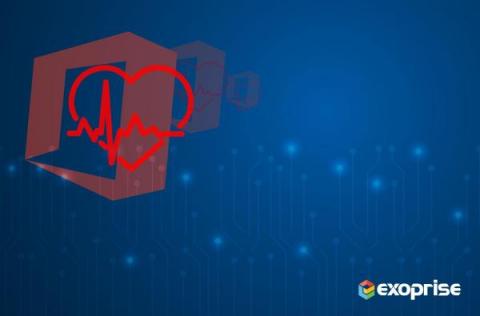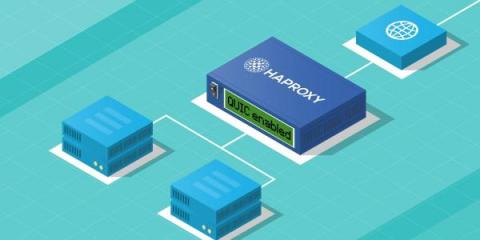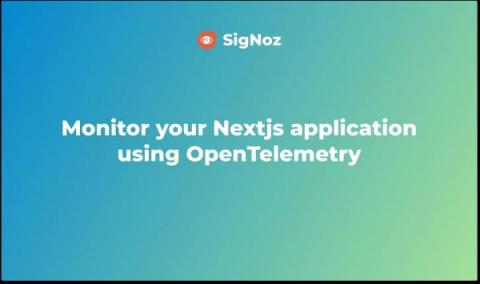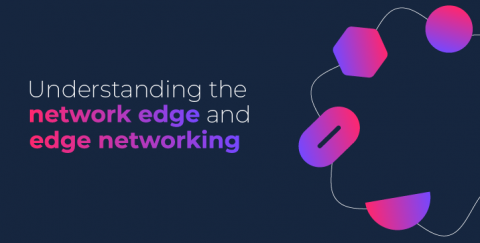Microsoft 365 Outage on June 5th, EX571516, MO571683
On Monday morning, June 5th there was a wide scale outage for Microsoft 365. Interestingly, for this one, they first reported it with a barrage of duplicate health status emails (why, we have no idea) but the issue was much more widespread than that – it was affecting most Microsoft Office 365 services: The first incident was Incident EX571516: Some users are unable to access Outlook on the web, and may experience issues with other Exchange Online services.











